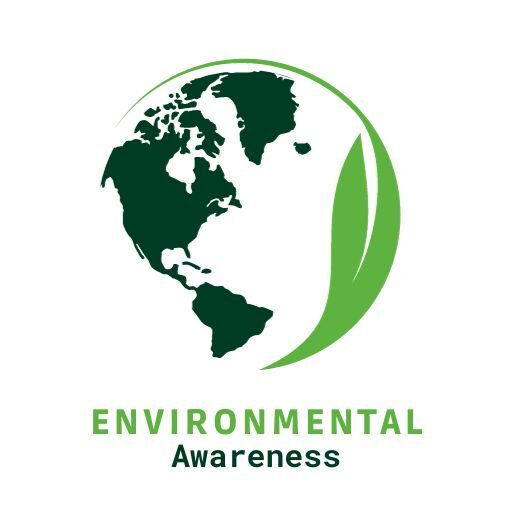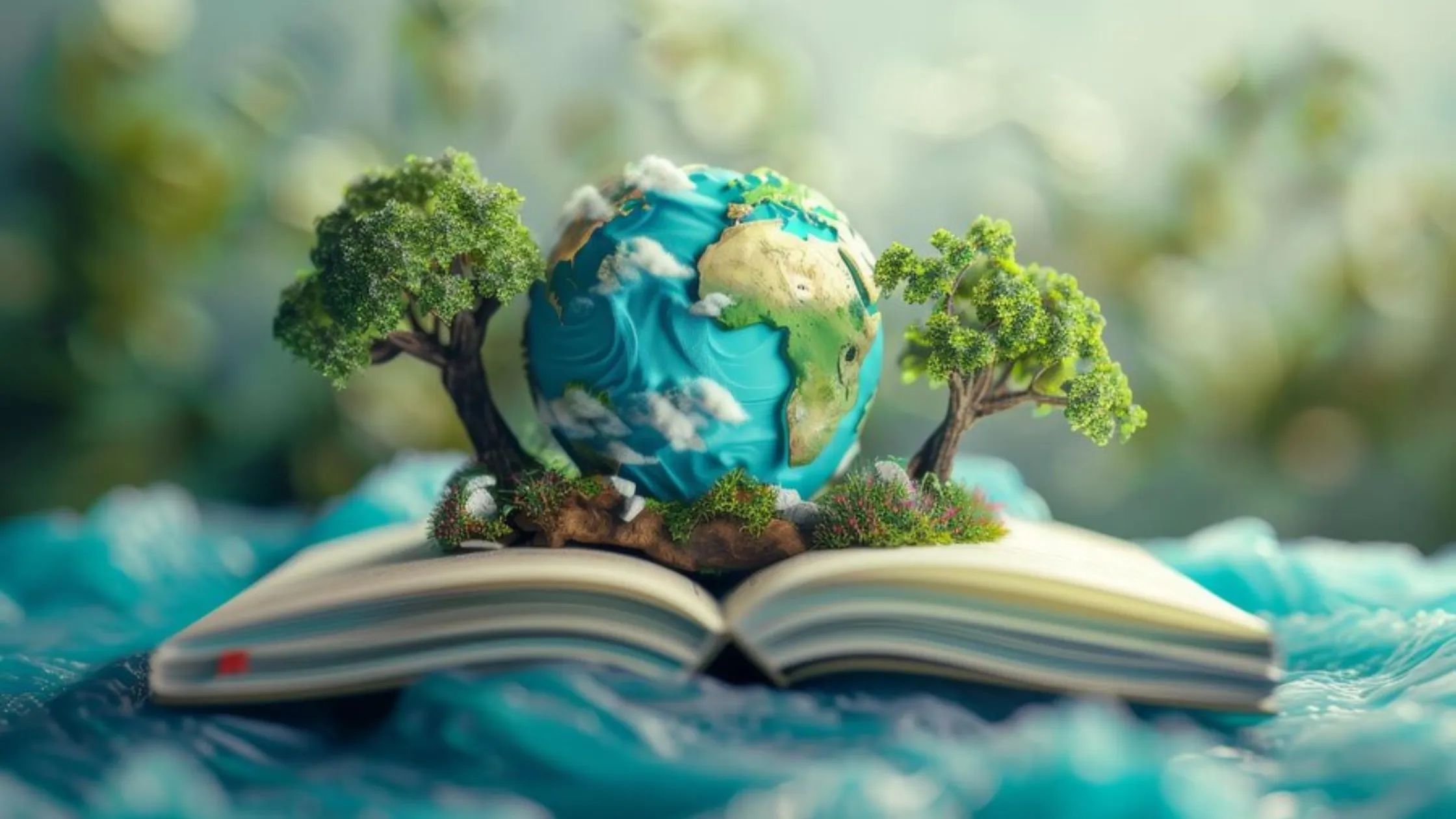
Environmental Storytelling: Inspiring Action Through Narratives and Media
In an era marked by environmental challenges, from climate change to biodiversity loss, the power of storytelling has emerged as a vital tool for inspiring action and fostering a deeper connection with the natural world. Environmental storytelling, a blend of narratives, media, and creativity, plays a pivotal role in raising awareness, shifting perceptions, and driving collective action toward sustainability. This blog explores the significance of environmental storytelling, its various forms, and how it can inspire individuals and communities to take meaningful steps toward protecting the planet.
The Power of Storytelling in Environmental Advocacy
A basic component of human society, storytelling shapes our perception of the world and our actions. It enables us to emotionally connect with people, make sense of complicated problems, and see a brighter future. These advantages are used by environmental storytelling to convey the seriousness of environmental issues and the possibility of progress.
Stories have the ability to transcend facts and figures, turning impersonal ideas into accessible situations. Even though policy talks and scientific findings are important, they frequently fall short of including the general public. Conversely, by emphasizing the human side of environmental challenges, environmental storytelling can arouse empathy, inspire optimism, and spur action.
Forms of Environmental Storytelling
There are many different ways to tell stories about the environment, and each has the power to inspire and engage different audiences. Various mediums such as literature, art, films, documentaries, and digital media provide a variety of ways to communicate the significance of environmental stewardship.
1. Documentaries and Films
Films and documentaries have traditionally been effective mediums for telling stories about the environment. The strength of environmental degradation, the beauty of the natural world, and the tenacity of communities striving for a sustainable future may all be conveyed through visual storytelling. Renowned documentaries such as *Our Planet*, Before the Flood, and An Inconvenient Truth have been instrumental in increasing public awareness of environmental issues, including climate change.
Documentaries can inspire viewers to take action by igniting conversations and reaching a worldwide audience through the use of captivating graphics, expert interviews, and personal stories. Witnessing personally the repercussions of environmental degradation can have a significant emotional impact, inspiring people to reconsider their decisions and push for change.
2. Literature and Fiction
Fiction in particular provides readers with an immersive experience that mirrors real-world problems, making it a unique means of exploring environmental concerns. Books with strong narratives, such as Richard Powers’ The Overstory and Barbara Kingsolver’s Flight Behavior, examine the relationship between people and the natural world, the effects of environmental degradation, and the possibility of atonement.
The term “cli-fi” (climate fiction) refers to environmental fiction that challenges readers to think about other options by exposing them to the long-term effects of present environmental practices. Literature may encourage readers to imagine a more sustainable future and understand how urgent it is to address environmental challenges by capturing their imagination.
3. Art and Visual Media
Complex emotions and ideas can be communicated through art in ways that are not possible with words alone. Environmental artists make works that elicit thinking and motivate action using a variety of media, including painting, sculpture, photography, and installations. Andy Goldsworthy, Olafur Eliasson, and Maya Lin are just a few of the artists who have utilized their skills to draw attention to the importance of conservation, the impact of human activities, and the beauty of nature.
Graphic design and photography are examples of visual media that are vital to environmental storytelling. The significance of preserving the environment can be emphasized via striking pictures of contaminated landscapes, threatened species, and the results of climate change.
4. Digital Media and Social Platforms
Social networking sites and online material are now indispensable resources for environmental storytelling in the digital age. These platforms give people and organizations the ability to mobilize communities globally, share stories, and increase awareness. Environmental movements now use hashtags like #ClimateAction, #SaveThePlanet, and #ZeroWaste as focal points because they allow individuals to connect, exchange ideas, and take action as a group.
Virtual reality (VR) experiences and other interactive material that may submerge people in environmental narratives are examples of digital storytelling. In order to instill a sense of urgency and responsibility, virtual reality initiatives such as The ‘Last Goodbye’ and ‘Tree’, for instance, enable people to personally experience the effects of deforestation and environmental deterioration.
The Role of Media in Amplifying Environmental Narratives
The media is essential for spreading environmental stories, reaching a large audience, and influencing public opinion. Newspapers, radio, and television are examples of traditional media that have the ability to raise public awareness of environmental issues. However, the emergence of digital media has increased environmental storytelling’s audience and improved its accessibility and interactivity.
1. The Influence of Journalism
When it comes to educating the public about environmental challenges and holding governments and corporations responsible, environmental journalism is essential. In particular, investigative journalism has brought to light corporate wrongdoings, environmental injustices, and the effects of climate change on marginalized people. Influential figures in the environmental movement, such as George Monbiot, Elizabeth Kolbert, and Naomi Klein, have used their platforms to push for structural change.
Environmental journalism has the potential to close the knowledge gap between scientific research and the general public by offering in-depth analysis, human-interest tales, and expert viewpoints. This can promote informed decision-making and civic engagement.
2. The Power of Social Media
Social media platforms have made it easier for people and grassroots organizations to tell their environmental experiences and rally support. Through initiatives like Fridays for Future, activists like Greta Thunberg have used social media to spread their message and spark a global youth movement calling for climate action.
Viral films, user-generated material, and social media campaigns can quickly reach millions of people with environmental themes and foster a feeling of community. Social media’s interactive features facilitate real-time interaction by letting users take part in conversations, exchange personal stories, and support group initiatives.
Inspiring Action Through Environmental Storytelling
Narratives about the environment have the power to motivate both individual and group action. Storytelling has the power to emotionally link individuals to environmental issues, which can influence legislation, encourage behavioral change, and increase community involvement.
1. Fostering Personal Responsibility
Narratives that emphasize the individual consequences of environmental problems have the power to motivate people to accept accountability for their actions and adopt more sustainable decisions. Narratives that highlight the negative effects of plastic waste or the advantages of renewable energy, for instance, can persuade people to use less plastic or purchase solar electricity.
Personal accounts of community leaders and environmental activists can also be very effective in illustrating the idea that small changes can have a big impact. People are more likely to believe in their own capacity to contribute to environmental solutions when they witness the positive impact produced by others.
2. Building Community and Collective Action
A sense of community and shared responsibility can also be fostered through environmental storytelling. Narratives that depict instances of small communities banding together to safeguard their environment have the power to motivate listeners to take up comparable initiatives. Collective action can have a significant impact on a variety of issues, such as planning a beach clean-up, promoting legislative reforms, and assisting sustainable companies.
Environmental tales can also be made inclusive and representative through community-driven storytelling, which emphasizes local perspectives and experiences. This strategy guarantees that environmental solutions are ethical and equitable while also empowering neglected populations, whose stories are frequently disregarded.
3. Influencing Policy and Corporate Behavior
Policy and corporate action can also be influenced by environmental storytelling. Narratives that emphasize the negative effects of unsustainable activities on people and the environment can mobilize the public to demand change. Campaigns on social media, investigative journalism, and documentaries have all been crucial in promoting legislation changes, corporate responsibility, and more robust environmental safeguards.
For instance, the film ‘Blackfish’ exposed the inhumane treatment of imprisoned orcas, sparking a public uproar and reforms to the way marine parks function. Similar to this, movements such as Australia’s #StopAdani have mobilized the public against coal mining projects through narrative, impacting corporate and political decisions.
Conclusion
An effective strategy for encouraging action and developing a closer bond with nature is environmental storytelling. Environmental storytellers have the ability to captivate a wide range of audiences, increase consciousness, and effect significant change through the creative and emotional power of narratives. These stories, whether they are told through literature, art, film, or digital media, have the power to influence how we all live in the future and move us toward a more equitable and sustainable society.
The narratives we create about our relationship with the world are more crucial than ever during this period of environmental disaster. They motivate us to take action in whatever manner we can serve as a reminder of our duty to preserve the planet for the coming generations. Together, we can envision a world that is healthier and more sustainable, and we can work together to make that vision a reality, thanks to the power of storytelling.





